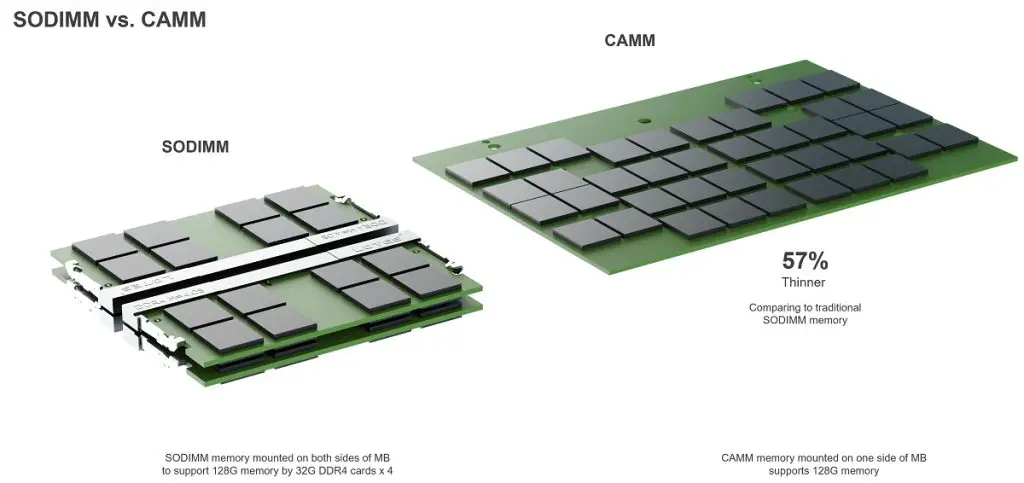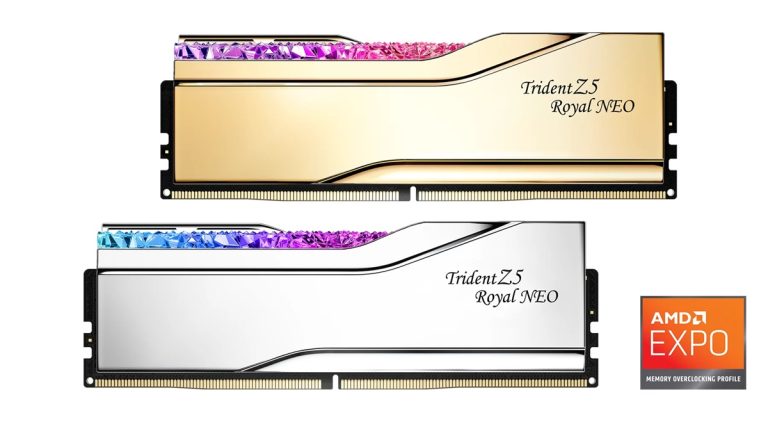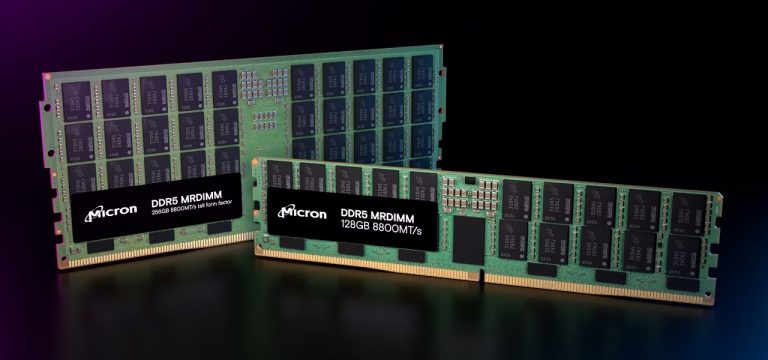
The mainstream memory in the industry is currently transitioning to DDR5. Over the past two years, speeds have surged at an astonishing rate, from an initial 4.8 Gbps to now over 6 Gbps, marking the maturity phase of its lifecycle. Replacing the long-used DDR4 is merely a matter of time.
According to Trendforce, JEDEC, the Solid State Technology Association, has recently confirmed that the long-standing SO-DIMM and DIMM memory standards will be supplanted by CAMM2 for DDR6 and LPDDR6. It is anticipated that JEDEC will release the preliminary draft of the DDR6 standard within this year, with the official 1.0 specification expected in the second quarter of 2025. The earliest specific products may arrive in the fourth quarter of 2025 or early 2026.

The DDR6 standard has yet to be finalized, but expected speeds range from 8.8 Gbps to a maximum of 17.6 Gbps, potentially extending to 21 Gbps. Even without further expansion, these speeds are already double those of DDR5. CAMM2, as a novel memory standard, supports DDR6 and will be suitable for large PC devices like desktops in the future.
Considering market adoption, the industry believes that implementing the new CAMM2 standard for DDR6 will necessitate a large-scale replacement of existing production equipment, introducing new cost structure challenges. It is understood that a 32GB LPDDR6 memory module adhering to the CAMM2 standard is priced at approximately $500, five times that of LPDDR5. DDR6 is expected to face similar issues. The high costs associated with the new standard during market evolution will significantly limit the widespread adoption of DDR6 or LPDDR6.
Currently, upstream manufacturers such as Samsung, SK Hynix, and Micron have developed some memory products supporting the CAMM2 standard. Among downstream brand manufacturers, Lenovo and Dell are following suit, with Dell having introduced CAMM2 memory modules in its enterprise product line as of 2023.


